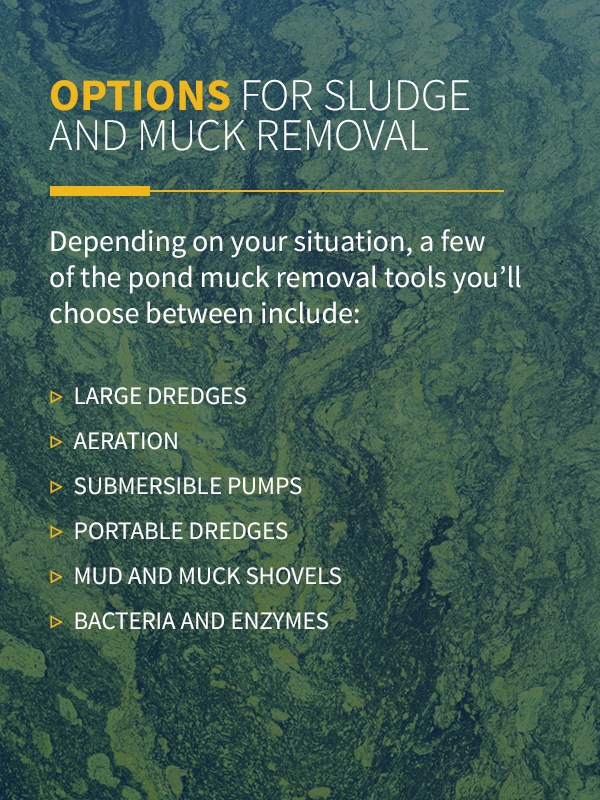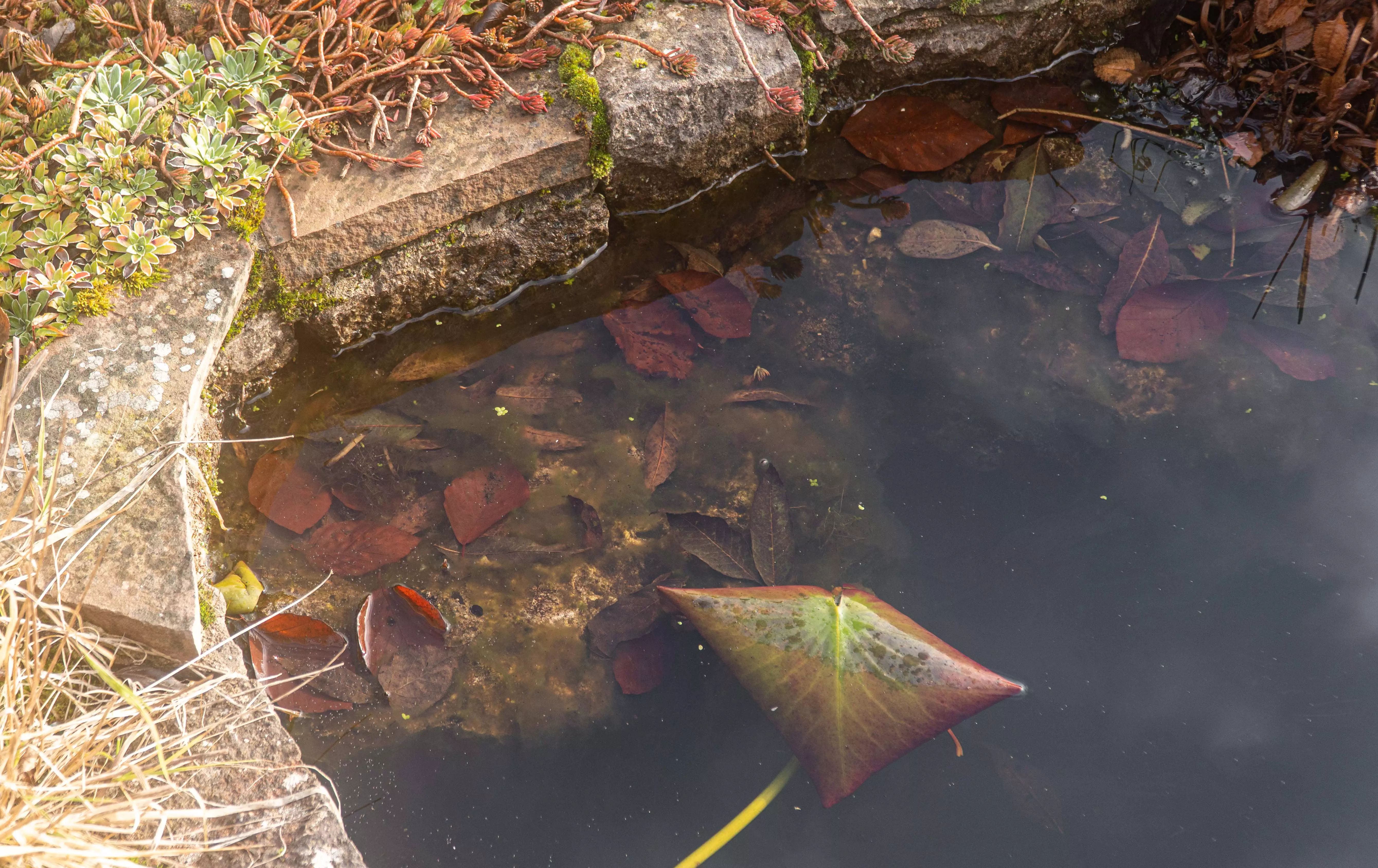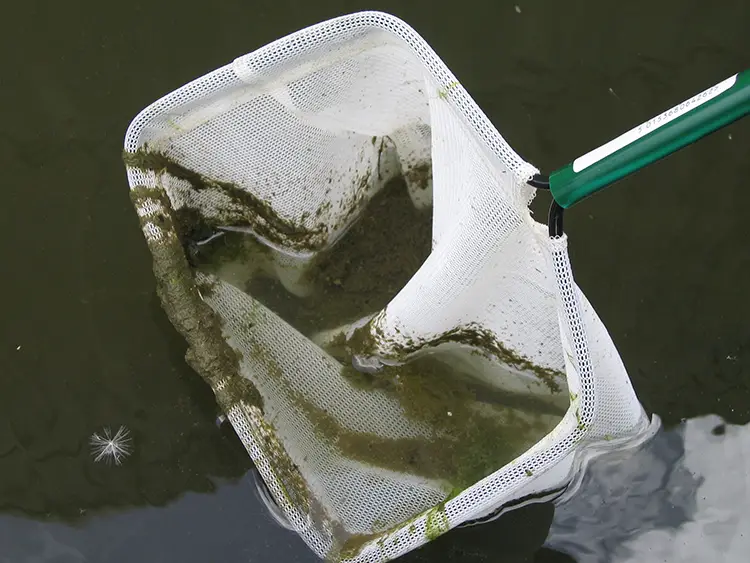Having a pond on your property can be a beautiful and relaxing feature, but over time, sludge can build up, causing water quality issues and unsightly conditions. Removing sludge from a pond is essential to maintain its health and beauty. In this article, we will explore various methods and tips on how to effectively remove sludge from a pond.

Credit: geoforminternational.com
What is Pond Sludge?
Pond sludge is a buildup of organic and inorganic matter that accumulates at the bottom of a pond. It is composed of dead algae, fish waste, leaves, and other debris that settle over time. This sludge can lead to poor water quality, foul odors, and can provide a breeding ground for harmful bacteria and parasites.
Methods to Remove Pond Sludge
There are several methods to remove sludge from a pond, each with its own advantages and considerations. Let’s explore some of the most common methods:
1. Manual Removal
One of the most labor-intensive methods is manual removal, which involves physically scooping out the sludge from the bottom of the pond. This can be done using a shovel, rake, or pond vacuum. While this method is effective, it can be time-consuming and requires physical effort.
2. Biological Methods
Biological methods involve introducing beneficial bacteria and enzymes into the pond to break down the sludge naturally. These bacteria feed on organic matter, helping to reduce sludge buildup over time. This method is eco-friendly and can be a long-term solution for maintaining pond health.
3. Aeration
Aeration involves adding oxygen to the pond water, which helps to increase the activity of beneficial bacteria that break down sludge. Aeration can be achieved using air pumps, fountains, or waterfalls. By improving oxygen levels, aeration can help prevent sludge buildup and improve overall water quality.
4. Chemical Treatments
Chemical treatments are another option for removing pond sludge. Algaecides and pond clarifiers can be used to break down organic matter and improve water clarity. However, it is essential to use these chemicals with caution, as they can have adverse effects on fish and other aquatic life.
Tips for Effective Sludge Removal
Here are some tips to help you effectively remove sludge from your pond:
- Regularly clean out debris such as leaves and twigs to prevent sludge buildup.
- Use a pond skimmer or net to remove floating debris from the surface of the water.
- Monitor water quality regularly to catch sludge buildup early.
- Avoid overfeeding fish, as excess food can contribute to sludge formation.
- Consider using a combination of methods for the best results, such as manual removal followed by biological treatments.

Credit: www.envii.co.uk
Conclusion
Removing sludge from a pond is essential for maintaining water quality and the overall health of the ecosystem. By using a combination of methods such as manual removal, biological treatments, aeration, and chemical treatments, you can effectively reduce sludge buildup and keep your pond clean and beautiful. Remember to monitor your pond regularly and take proactive steps to prevent sludge from becoming a problem. With proper maintenance, your pond will continue to be a source of enjoyment for years to come.





